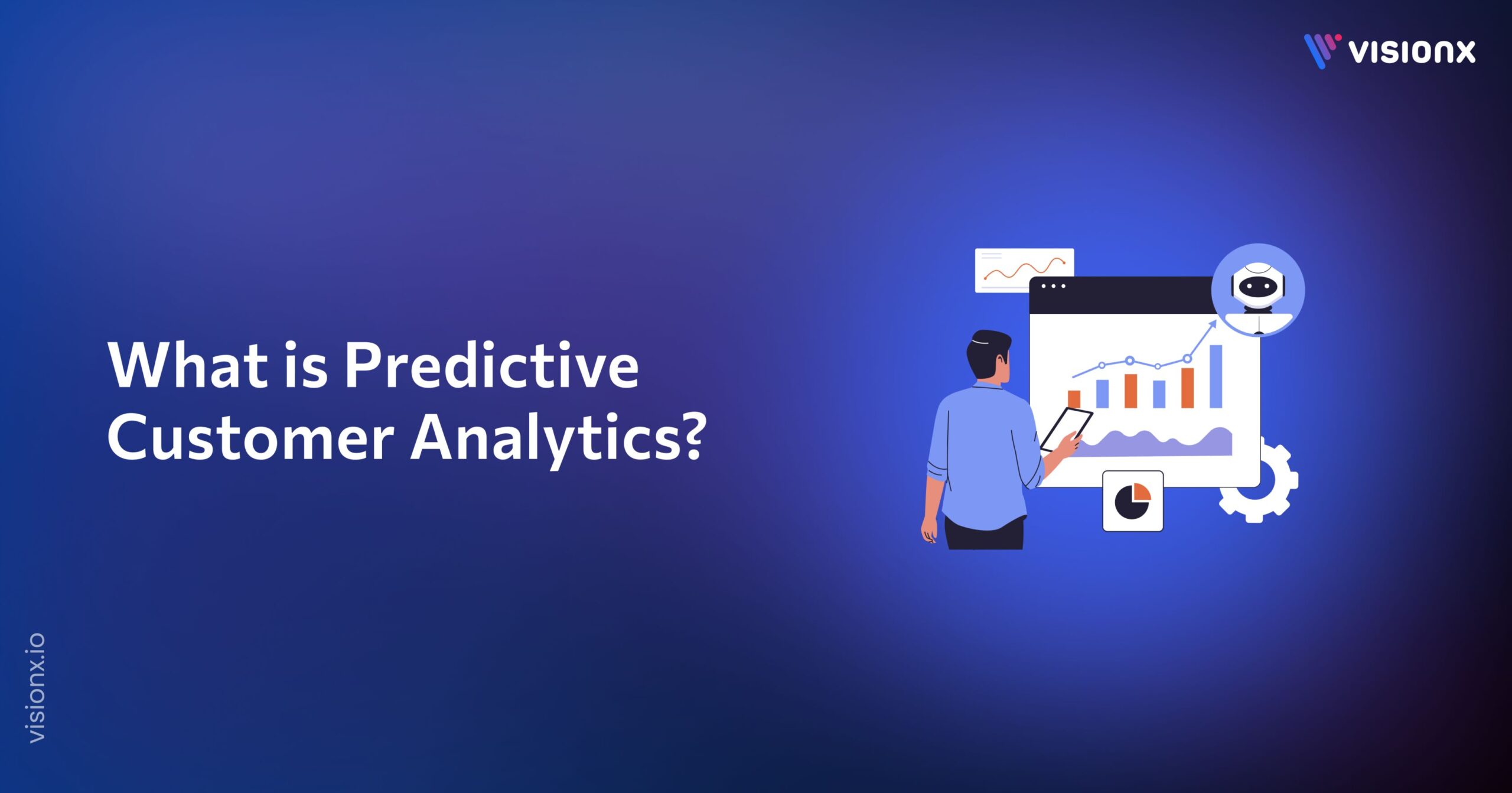Claiming technology has made significant progress through innovation is an understatement. In reality, the world of technology is constantly evolving, and machine learning is undoubtedly one of the most notable recent developments.
For this reason, there is an increasing need for robust and efficient machine-learning techniques that install data-driven companies in every sector. This is when the term “machine learning pipeline” is introduced.
The ML pipeline is one of the significant parts of the rapidly changing AI industry. The violent movements in the market, characterized by a 46% decline during 2022 and a leap of 120% about 2023, evidenced the pipeline’s pivotal role in this case.
These market system transformations indicate that machine learning is not adapting enough to deal with this economic dysfunction.
The pipeline will be essential for ensuring its effectiveness and efficiency; when the market stops reflecting itself and grows tremendously, it will be the primary participant in opening the market and involving some innovation.
What are pipelines for machine learning?
A machine learning pipeline is a set of actions performed on the data to automate the workflow of constructing, training, and deploying machine learning models. It covers the full data processing workflow, from data extraction and preprocessing to model evaluation and deployment.
By structuring the machine learning process into a pipeline, specific tasks can be carried out step-by-step, improving the benefits already attained. This systematic plan guarantees machine learning projects’ efficiency, reproducibility, and scalability.
A business can achieve productization and monitoring by running a single machine learning pipeline. However, an end-to-end pipeline is required for machine learning applications to run successfully.
Why Automating ML Workflows is Important?
Machine learning is a complex field, so it’s tough to get through. Therefore, a thorough machine learning algorithmic approach is needed to learn how to use machine learning algorithms effectively; otherwise, it may result in a high rate of errors.
A machine learning pipeline is a systematic way of handling data work at different levels. It ensures that each stage is carried out correctly and uniformly and can be reused in other pipelines.
They are reusable components that save time and resources when creating new machine-learning models. The more efficient each piece of the pipeline is, the better.
Thus, the overall quality of the models is improved, and simultaneously, the development process accelerates significantly. Machine learning procedures are made more reproducible and scalable using a machine learning pipeline.
The architecture of a Machine Learning Pipeline
A machine learning pipeline is an essential set of stages that has the potential to accomplish specific objectives like constructing, appraising, and implementing the machine learning model. The following are the stages included in the machine learning pipeline:
-
Data Ingestion:
The machine learning pipeline starts with data ingestion, where data in its raw format is gathered from different sources. The origin of the sources include APIs, IoT devices, web scraping, databases, CSV files, and real-time data streams.
This phase aims to gather all the essential data for the machine learning model’s testing and training.
-
Data Preprocessing:
After the data is ingested, data pre-processing begins. It is one of the most crucial steps in the machine-learning pipeline. The machine learning model cannot directly use the collected data for training, which may result in unexpected outcomes.
At this step, the machine learning model must use the raw data, so it needs to be cleaned and modified. Data pre-processing involves tasks like cleaning and incorporating data.
-
Feature Engineering:
Feature engineering is developing new features or selecting suitable features from the data to improve the model’s performance.
Features offer the data or input needed to train machine learning models and generate forecasts.
This is an essential step because the quality of the features can significantly impact the model’s accuracy.
-
Model Training:
The base of the machine learning pipeline is model training. Machine learning algorithms preprocess data during the model training stage to create a predictive model.
Large training data sets might present some challenges. Thus, effective model training distribution is needed. Pipelines are an adaptable answer to the problem of the model training stage, allowing for the simultaneous processing of several models.
-
Model Evaluation:
Model evaluation checks a trained model’s performance using appropriate measures to ensure it is correct and generalizable.
This will be done on the validation set, where performance will be checked; depending on the type of problem, tasks will include calculating metrics like F1-score, Mean squared error, accuracy, or precision.
-
Model Deployment:
The last step is model deployment, which entails operating the trained and evaluated model to generate predictions based on new data. Deployment might include developing APIs and linking them with other systems.
However, using a model server to deploy the model is the standard method. Model servers make it possible to host many versions simultaneously, make it easier to run tests on models, and provide insightful information for improving models.
Use Cases of an ML Pipeline
Machine learning pipelines are used in all fields and industries to make processes smoother, help make better decisions, and make things easier and more enjoyable for people. Here are some use cases of ML pipelines;
Healthcare:
Predictive diagnostics help predict disease outbreaks in patients, prescribe treatment options, and personalize healthcare plans. Medical imaging improves diagnostic capability by image recognition that analyzes X-rays, MRIs, and CT scans. Machine learning boosts drug discovery by predicting molecular activity and side effects.
Finance:
Fraud detection in finance involves identifying potentially deceitful transactions in real time by analyzing the transaction pattern and user behavior. Credit scoring predicts the creditworthiness of individuals applying for loans based on historical financial background data and other relevant factors.
Algorithmic trading involves making investment decisions based on predictive models and analyzing market trends and data, making any trading activity more effective and profitable.
Marketing:
Machine learning pipelines are essential in marketing for targeted advertising, customer lifetime value prediction, and sentiment analysis. These tools help deliver personalized ads, prioritize marketing efforts, and monitor public sentiment toward products and brands.
Benefits of a Machine Learning Pipeline
The following are the benefits of using a machine learning pipeline;
- Automation: All these small tasks can now be automated, thus saving human effort toward data preprocessing and model training.
- Scalability: It scales well with large datasets and complex models using distributed computing for optimum performance.
- Reproducibility: Every step taken is recorded; hence, results are reproducible, and experiments are comparable.
- Efficiency: As the process is entirely automated, more time will be saved, and better resources will be spent on it—making the workflow efficient overall.
- Deployment and Monitoring: Providing tools for continuous monitoring of model deployment in production can support the externalization of model deployment.
Automated Machine Learning Pipeline
An automated machine learning pipeline is an end-to-end, completely automated process for applying machine learning to real-world problems. It encapsulates tasks such as data preprocessing, feature engineering, model selection, and model evaluation.
AutoML pipelines assist in all these tasks and significantly reduce manual intervention and the need for domain expertise. In this way, AutoML enables data scientists and analysts to work on higher-order problems by automating basic and complex tasks.
In addition, these pipelines guarantee coherent and reproducible results and increase scalability using large datasets; that is, they speed up model deployment.
AutoML opens up advanced machine learning techniques, making AI more accessible for organizations to use in decision-making and innovation.
How can VisionX Help with Machine Learning Pipeline?
Do you need help with complex machine learning pipelines? Let VisionX be your partner in building robust and efficient AI solutions. Our comprehensive machine-learning services cover everything from data pre-processing to model deployment.
We streamline your workflow, reduce the time-to-time market, and ensure optimal model performance. With VisionX, you can focus on innovation while we handle the technical complexities.
Let’s transform your data into actionable insights together.
Closing Remarks
Machine learning pipelines are the basis of modern AI, providing a method for systematic data processing, model design, and deployment. The pipelines enhance machine learning projects’ effectiveness, scalability, and reproducibility through automation and systematic workflow, reducing repetitive work bottlenecks.
Several applications in all areas of life, such as healthcare, finance, and marketing, testify that these pipelines significantly impact any firm’s decision-making and operational effectiveness.
Automated, production-ready machine learning pipelines improve and accelerate the process rather than reducing human involvement in understanding the problem and selecting appropriate AI techniques.
Machine learning pipelines’ character and technology will change over time. Still, it is safe to assume that they are the basis for continual innovation and the fostering of data-driven success.


